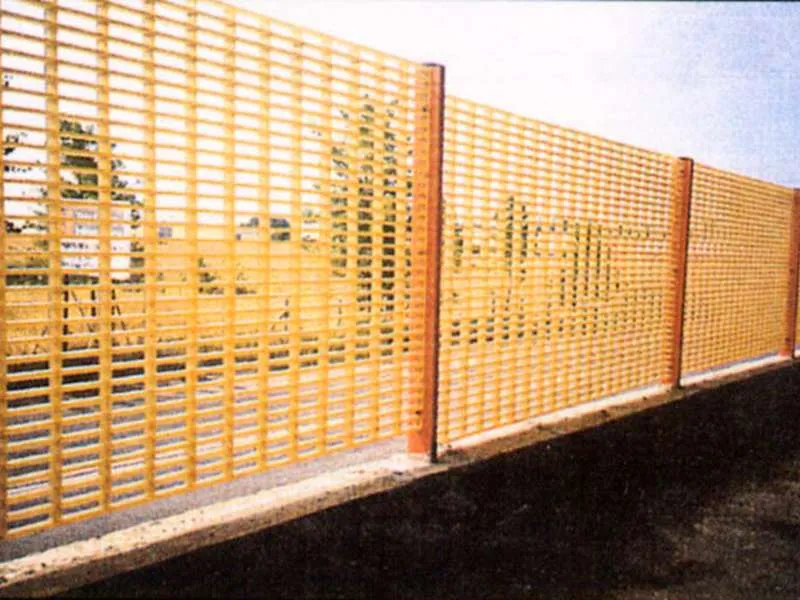
-
 Afrikaans
Afrikaans -
 Albanian
Albanian -
 Amharic
Amharic -
 Arabic
Arabic -
 Armenian
Armenian -
 Azerbaijani
Azerbaijani -
 Basque
Basque -
 Belarusian
Belarusian -
 Bengali
Bengali -
 Bosnian
Bosnian -
 Bulgarian
Bulgarian -
 Catalan
Catalan -
 Cebuano
Cebuano -
 China
China -
 China (Taiwan)
China (Taiwan) -
 Corsican
Corsican -
 Croatian
Croatian -
 Czech
Czech -
 Danish
Danish -
 Dutch
Dutch -
 English
English -
 Esperanto
Esperanto -
 Estonian
Estonian -
 Finnish
Finnish -
 French
French -
 Frisian
Frisian -
 Galician
Galician -
 Georgian
Georgian -
 German
German -
 Greek
Greek -
 Gujarati
Gujarati -
 Haitian Creole
Haitian Creole -
 hausa
hausa -
 hawaiian
hawaiian -
 Hebrew
Hebrew -
 Hindi
Hindi -
 Miao
Miao -
 Hungarian
Hungarian -
 Icelandic
Icelandic -
 igbo
igbo -
 Indonesian
Indonesian -
 irish
irish -
 Italian
Italian -
 Japanese
Japanese -
 Javanese
Javanese -
 Kannada
Kannada -
 kazakh
kazakh -
 Khmer
Khmer -
 Rwandese
Rwandese -
 Korean
Korean -
 Kurdish
Kurdish -
 Kyrgyz
Kyrgyz -
 Lao
Lao -
 Latin
Latin -
 Latvian
Latvian -
 Lithuanian
Lithuanian -
 Luxembourgish
Luxembourgish -
 Macedonian
Macedonian -
 Malgashi
Malgashi -
 Malay
Malay -
 Malayalam
Malayalam -
 Maltese
Maltese -
 Maori
Maori -
 Marathi
Marathi -
 Mongolian
Mongolian -
 Myanmar
Myanmar -
 Nepali
Nepali -
 Norwegian
Norwegian -
 Norwegian
Norwegian -
 Occitan
Occitan -
 Pashto
Pashto -
 Persian
Persian -
 Polish
Polish -
 Portuguese
Portuguese -
 Punjabi
Punjabi -
 Romanian
Romanian -
 Russian
Russian -
 Samoan
Samoan -
 Scottish Gaelic
Scottish Gaelic -
 Serbian
Serbian -
 Sesotho
Sesotho -
 Shona
Shona -
 Sindhi
Sindhi -
 Sinhala
Sinhala -
 Slovak
Slovak -
 Slovenian
Slovenian -
 Somali
Somali -
 Spanish
Spanish -
 Sundanese
Sundanese -
 Swahili
Swahili -
 Swedish
Swedish -
 Tagalog
Tagalog -
 Tajik
Tajik -
 Tamil
Tamil -
 Tatar
Tatar -
 Telugu
Telugu -
 Thai
Thai -
 Turkish
Turkish -
 Turkmen
Turkmen -
 Ukrainian
Ukrainian -
 Urdu
Urdu -
 Uighur
Uighur -
 Uzbek
Uzbek -
 Vietnamese
Vietnamese -
 Welsh
Welsh -
 Bantu
Bantu -
 Yiddish
Yiddish -
 Yoruba
Yoruba -
 Zulu
Zulu
frp launder
Understanding FRP Launders A Comprehensive Overview
FRP (Fiber Reinforced Plastic) launders are gaining popularity in various industries due to their superior properties and advantages over traditional materials. These specialized channels are primarily used for handling and transporting liquids, particularly in processes involving filtration, sedimentation, and other industrial applications. In this article, we will explore the characteristics, benefits, and applications of FRP launders, highlighting why they are becoming a preferred choice for many companies.
What are FRP Launders?
FRP launders are channels made from fiber-reinforced plastic composite materials that provide strength, durability, and resistance to corrosion. They are designed to direct the flow of liquids, often in water treatment facilities, mining operations, and other industrial processes where liquid handling is crucial. Unlike traditional materials such as metal or concrete, FRP launders are lightweight, easy to install, and require minimal maintenance.
Key Characteristics of FRP Launders
1. Corrosion Resistance One of the most significant advantages of FRP launders is their exceptional resistance to chemicals and corrosion. Unlike metals, which can rust and degrade over time, FRP materials can withstand exposure to harsh environments, making them ideal for applications in chemical and wastewater treatment.
2. Lightweight FRP launders are significantly lighter than their concrete or metal counterparts. This characteristic not only makes them easier to install but also reduces the overall structural load on supporting frameworks, contributing to cost savings in construction and installation.
3. Versatility Available in a variety of shapes and sizes, FRP launders can be customized to meet specific requirements. Their flexibility allows for the design of launder systems that fit perfectly in any application, whether it be in a small facility or a large industrial plant.
4. Durability The robust nature of FRP materials ensures a long service life, which translates to lower maintenance costs and reduced downtime associated with repairs or replacements. This durability makes them an economically attractive option for businesses in the long run.
5. Non-Conductive FRP is a non-conductive material, which adds an aspect of safety, especially in environments where electrical resistance is crucial. This characteristic helps reduce the risk of electrical hazards, making FRP launders safer to use.
Benefits of Using FRP Launders
The use of FRP launders presents numerous benefits for industries that rely on liquid handling systems
frp launder

- Cost-Effective While the initial investment in FRP may be slightly higher than traditional materials, the long-term savings due to lower maintenance costs and durability are substantial.
- Reduced Installation Time The lightweight nature of FRP allows for quicker and more straightforward installation, minimizing labor costs and project timelines.
- Enhanced Performance FRP launders are designed to efficiently handle flow rates, ensuring optimal performance in liquid transportation. Their smooth surfaces reduce friction, contributing to the efficiency of the liquid flow.
- Environmental Considerations As industries increasingly focus on sustainability, using materials like FRP helps reduce the environmental impact of their operations due to their longer lifespan and reduced maintenance needs.
Applications of FRP Launders
FRP launders are employed in a wide range of applications, including but not limited to
- Water Treatment Facilities They are widely used to transport and distribute water across treatment processes, providing an efficient solution for sedimentation and filtration operations.
- Mining Operations In the mining industry, FRP launders are used for handling slurry and other materials, benefiting from their corrosion resistance.
- Chemical Processing Due to their resistance to corrosive substances, these launders are suitable for transporting various chemicals safely.
- Food and Beverage Industry FRP's non-toxic nature makes it a viable option for food processing where hygiene and safety are paramount.
Conclusion
As industries continue to seek efficient, durable, and cost-effective solutions for liquid handling, FRP launders stand out as a transformative option. With their numerous advantages over traditional materials, FRP launders are paving the way for more reliable, sustainable, and efficient operations across various sectors. The future of liquid transport looks promising with the continued adoption of FRP technology.









